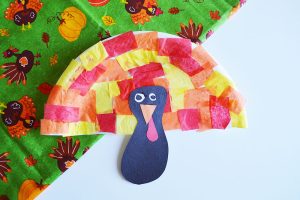
20 Snowman Crafts
Who wants to build a snowman? We do! This week we’ve rounded up some snowman crafts and activities. Each link contains a fun…
DYSGRAPHIA is a learning disability. It affects how children acquire written language and the use of writing to express thoughts and ideas. In my book, The Special Needs SCHOOL Survival Guide I dedicated a chapter to dysgraphia because I felt that it was often overlooked yet is the cause of a lot of frustration. We often think of dyslexia and have a working knowledge of it. Other learning disorders such as dysgraphia and dyscalculia are commonly misunderstood or missed. Often I’m contacted for referrals for older students or teenagers who are unable to express themselves when writing and have demonstrated great anxiety and depression about college essays and entrance exams.

1) Know the difference between dysgraphia and handwriting coordination problems and/or dyslexia?
Dysgraphia is NOT a coordination problem (or problem with weak or muscle movement). It is a processing disorder that affects spelling, handwriting, and/or information processing skills.
The signs of dysgraphia vary by age because our processing ability changes as we grow and develop.
Dyslexia is an impaired reading disability. Children with dyslexia often find it difficult to match sounds to letters and blend sounds into words. BOTH dysgraphia and dyslexia are types of learning disorders and require a specialized treatment plan to ensure your student succeeds.
Looking for more information on DYSCALCULIA? Read my earlier blog post here.
2) Look for the common complaints:
-my hand is tired when I write
-inconsistent writing (some letters slant and tilt in different directions or a mix of upper and lowercase)
-the child cannot keep in the lines when coloring
-a big difference between what the student is writing and intelligence in speaking
-refusing to write
-holds pencil incorrectly and has difficulty with posture or arm position when writing
-struggles with writing letters, numbers, and even connecting the dot and maze activities
-difficulty copying from the board
-poor spelling and grammar
-difficulty with spacing
3) Ideas to help kids with dysgraphia:
When younger children are learning to write help them with letter reversals. ALWAYS provide a correct model when teaching letter formation. Highlight the left side of the paper, use a sticker on the left side of the paper to encourage them to understand the right from left sides. Use graphic organizers and graph paper to help with spacing. Use raised line paper to help with proper letter height. If your child is interested in Minecraft or Pokemon, check out
our new handwriting worksheets and activity packs. Laminate for multiple uses.
4) Provide alternatives to written expression.
When handwriting interferes with learning and children are writing to take notes in class, try accommodations. Keyboarding and the use of recording devices to take in information should be built into the student’s education plan. Allow children with dysgraphia to give verbal responses vs. written ones.
5) Use a multi-sensory approach.
Cut letters out of sandpaper and other textured items and allow children to trace them with their fingers. Try using large muscle groups and write huge letters in the air using the entire arm. Use sand, foam soap, and sensory boxes to trace letters. Draw big letters with sidewalk chalk and encourage kids to walk over and jump on them.
BONUS
My favorite dysgraphia resources:
LDAmerica
Wrightslaw
Understood
International Dyslexia Association



